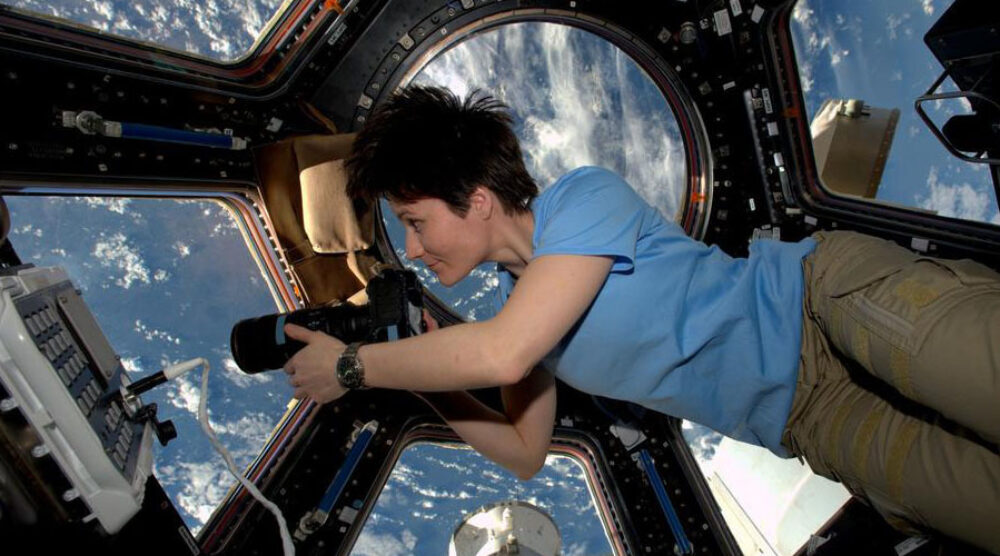SARAH FURMAN AND ELISE STEPHENSON |
The Deputy Head of NASA, Pam Melroy, was clear in telling her Australian audience in early 2023 that space is for all. This message is reinforced by Airbus Aerospace Engineer John Chinner’s recent statement that the UK space sector “need[s] people from a broad background of education, skills and experience”, and that ‘being cool’ is not enough to meet humanity’s ambitions in space. Yet the perception that the space sector is only for those with Science, Technology, Engineering and Maths (STEM) skills remains pervasive – not just in the rapidly growing space sector in Australia or the UK, but globally. It is also misguided. Whilst there is a genuine need for STEM skills in the space sector, inclusion of doctors, lawyers, artists, poets, designers, marketers, and experts from all kinds of fields that do not strictly require STEM is vital for the space sector to thrive. The sector’s messaging therefore needs to shift.
‘Space 2.0’ is heralded as a new era in which space is no longer just about government-run exploration, but also commercial business operations. This transformation is increasing access to and activities in space. Following the opportunities presented by ‘Space 2.0’ for everything from climate change mitigation and observation to commercial space flight, many countries have sought to bolster the growth of the space sector. In Australia, the government has set the target of creating 20,000 jobs in the space sector over the next decade – largely to contribute to the nation’s economic growth as well as to maximise the unique strategic benefits offered by Australian launch capabilities.
Please click here to read the full “Breaking boundaries to reimagine space is crucial” article published at E-International Relations, written by Sarah Furman and Griffith Asia Institute Adjunct Research Fellow, Dr Elise Stephenson.








